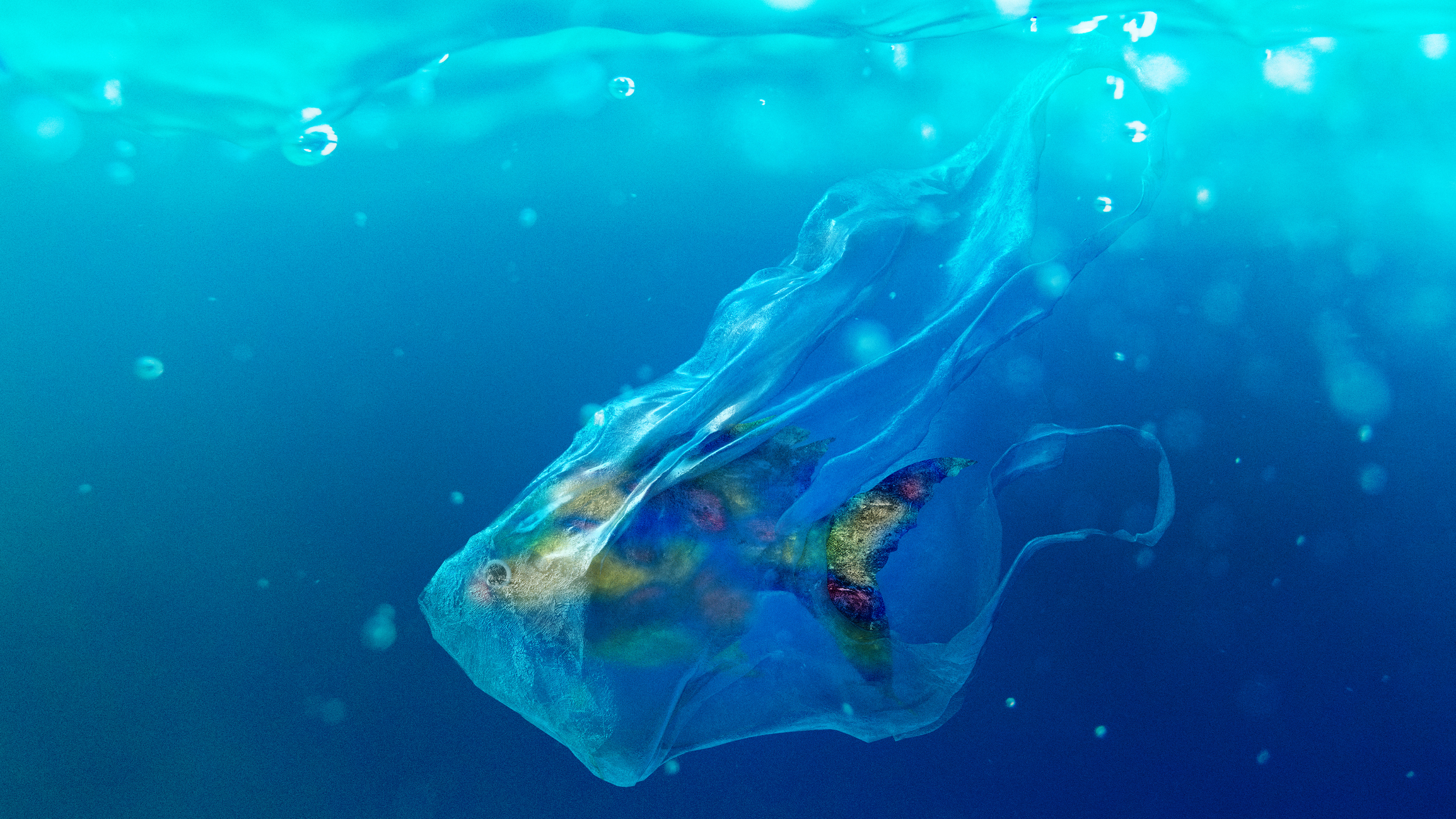Happy Breath will pay your shipping with orders of $100 or more (mainland US orders only).
Tails from the trail and tips on training your human

Innovative Ways to Clean Up the Oceans

With a significant amount of plastic being used and produced on a daily basis, it’s not surprising that most of it becomes a source of pollution for our oceans. From trash swept off by winds to beach pollution, there are several reasons why plastic finds its way into the ocean.
According to a rough estimate, approximately 8 million metric tons of plastic are found in the water every year. With the pandemic taking its hold on everything, the problem is only expected to compound further, thanks to the quantity of PPE gear manufactured and dumped off into our sea on almost a regular basis.
Despite the gruesome reality stated by the statistics, it’s also important to acknowledge how much progress has been made concerning the wider ocean cleanup. Here’s how innovative technology from around the world is being used to clean up the oceans.
FRED
Even though FRED is not fully operational yet, it’s expected to be launched by 2023. Created by talented students from several high schools across Southern California, the technology reduces plastic in the Pacific Gyre. FRED stands for “Floating Robot Eliminating Debris,” and as the name suggests, it travels across the ocean by solely relying on renewable energy. In the process, it also vacuums up huge chunks of plastic.
Mr. Trash Wheel
Mr. Trash Wheel is a water wheel and a trash interceptor currently being used in the Inner Harbor of Baltimore, Maryland. Powered by solar and hydropower, it works by pulling plastic litter and other trash right out of the sea before it gets the chance to reach the Atlantic Ocean. The system has a floating barge and a solar-powered conveyor belt to vacuum chunks of trash from the local sea.
WasteShark
WasteShark is a remarkable technology created to mimic the actions of an actual shark but solely to clean the ocean up. Have you ever noticed how a giant whale shark moves through the oceans?
It does so pretty slowly, so it’s able to filter food to eat on the way. In the same way, the WasteShark system gulps in all the litter and plastic that comes on the way. Essentially, it’s an ocean cleaning drone that combs out the trash and can collect approximately 400 pounds of litter in a single trip.
System 001
How can we talk about innovative ocean cleaning technology without mentioning “System 001?” even though this one mainly targets the buildup between Hawaii and California, it’s by far one of the most sought-after methods to clean up a large chunk of the ocean. Here’s how it works. It’s a huge floating boom with a skirt attached to it, and as it moves through the ocean slowly, it combs all the debris that comes in its way.
Seabin
Seabin is surely a product of a bunch of ingenious minds. It is aimed at cleaning up the ocean, but it is also made out of recyclable materials. This gives it an edge over other inventions because, unlike other technology that usually requires skilled individuals to take the lead, it was created by a group of surfers from Australia.
It’s a floating trash can that was initially designed for ports but can conveniently be used over any other water surface, given that it has calm water. It works exactly like a vacuum in many ways. By floating throughout the water, it collects oils and plastic and leaves behind clean water.
How Useful Are Surveillance Schemes?
You can clean up all you want, but if the trash is to be dumped in the same fashion every day, there isn’t much you can achieve with ocean cleaning technology alone.
For example, the Chinese port city of Xiamen has incorporated surveillance technology to help them determine the course of the trash. This way, they’ll be able to track and stop the dumping practices in the target area.
The cameras installed along the Jiulong River collect enough visual data to identify as well as put a stop to the patterns of waste disposal. By making daily forecasts, researchers can alert the relevant authorities about where pollution will flow the following day.
This way, authorities can collect the trash before it finds its way into the sea. However, this camera surveillance approach is just a single part of the plan to identify any sources of waste entering lakes, streams, and rivers.
How Much Can Technology Achieve?
The real question to ponder upon is, how much can you rely on technology? And is it even good enough to solve the global plastic crisis? The answer is, unfortunately, no.
While technology has managed to achieve a great deal of success with cleaning up the oceans, it’s not something that provides us with a long-term solution. Plastic is still being produced and dumped into the waters. People are still purchasing single-use products, and most of all, there isn’t widespread access to whatever technology there is available.
Hence, the only credible solution to deal with plastic pollution is to somehow curb the production of plastic. This means you’re not only supposed to recycle and reuse, but you’re also supposed to cut down on purchasing single-use plastics that can stay in the environment for decades and even centuries.
Ultimately it comes down to one thing. We must close the tap on unnecessary production of plastic. Moreover, we must involve government bodies, consumers, and companies equally to achieve this goal.
The Bottom Line
In the end, technology alone cannot achieve what collective human action can. While it is useful to a great extent, we must understand its limitations too. It’s important to acknowledge that innovation also has its own limits. Hence, only by playing our part individually can we guarantee that at least our local beaches, rivers, streams, and lakes stay clear of plastic pollution.